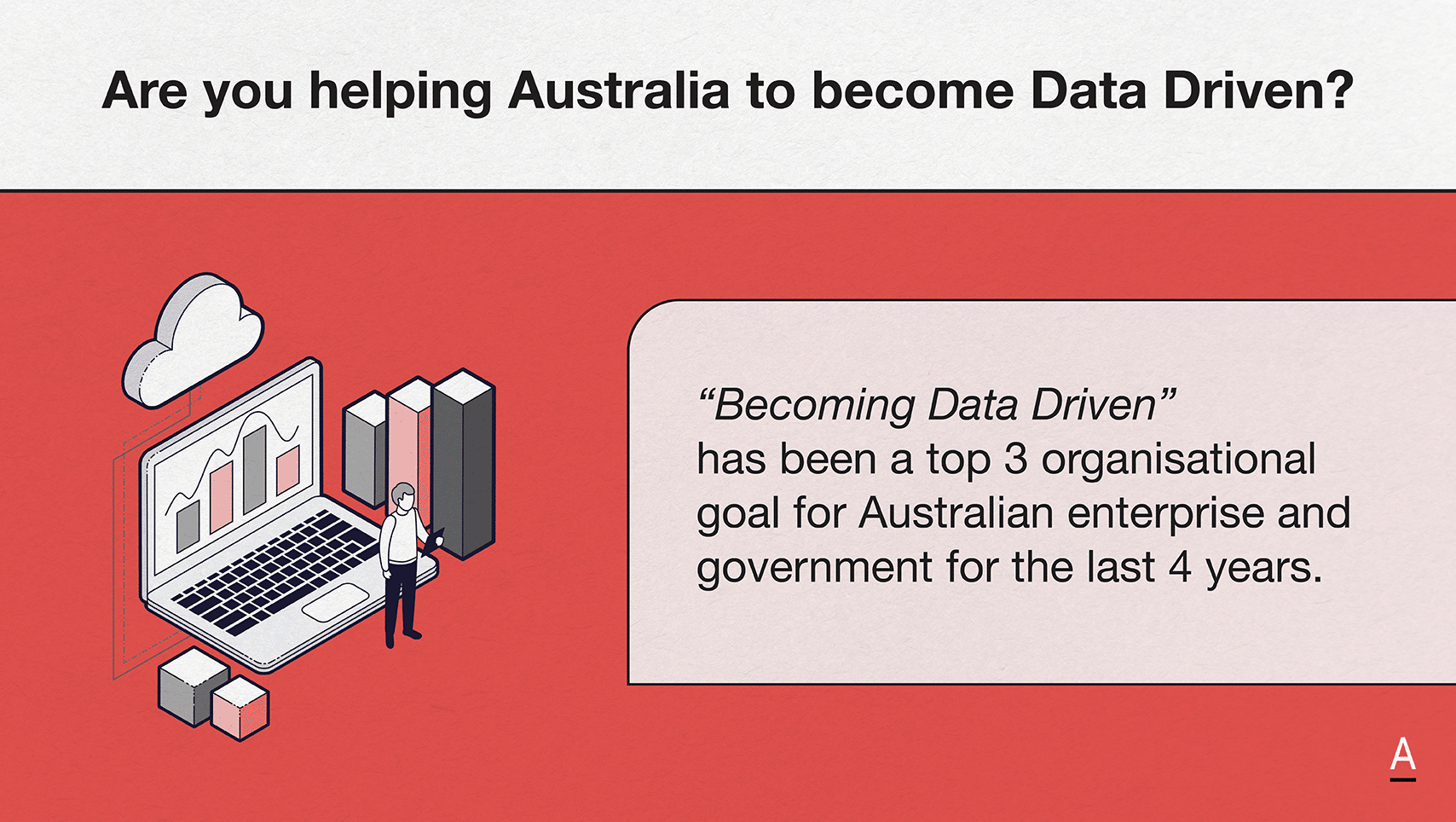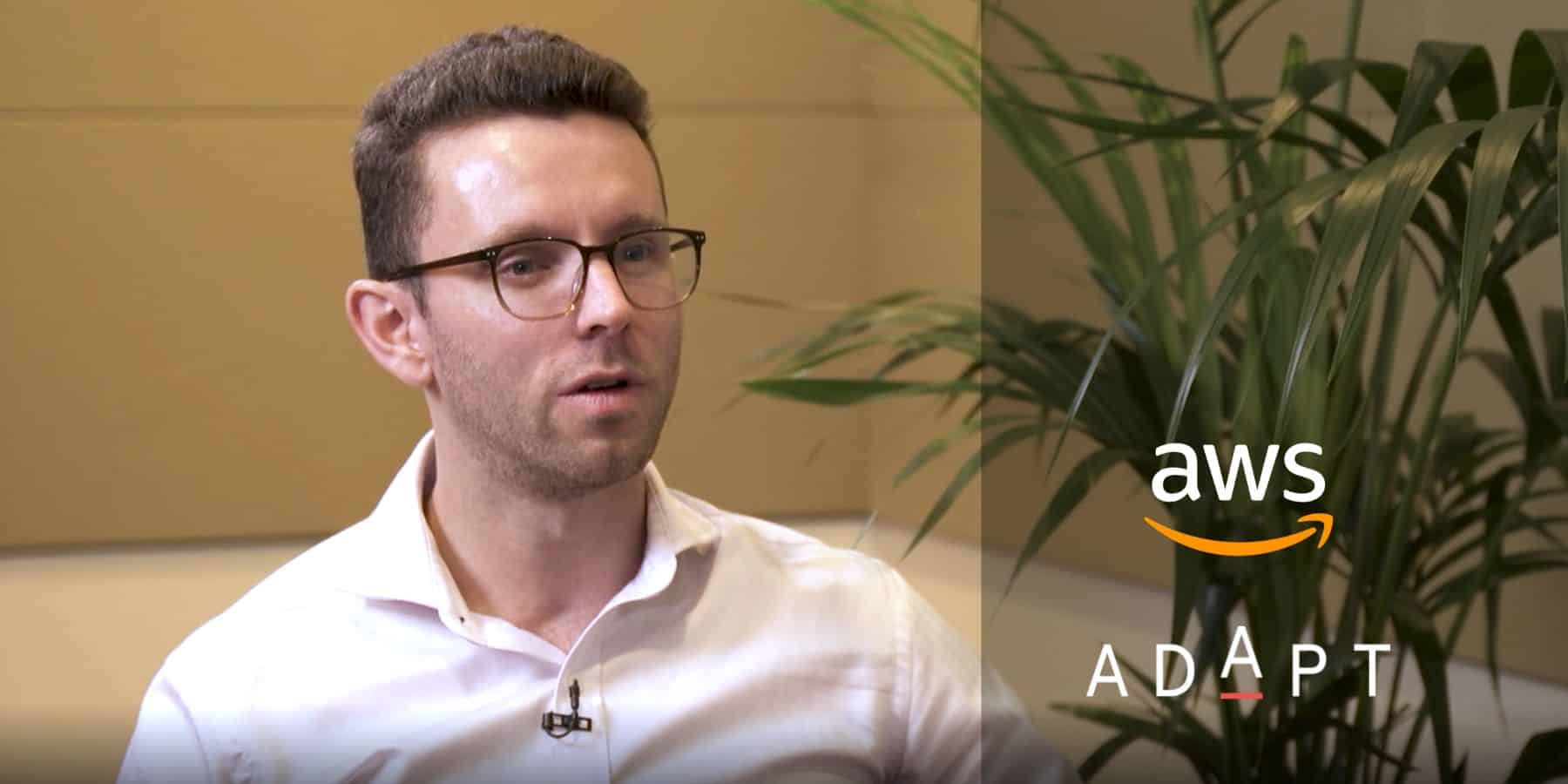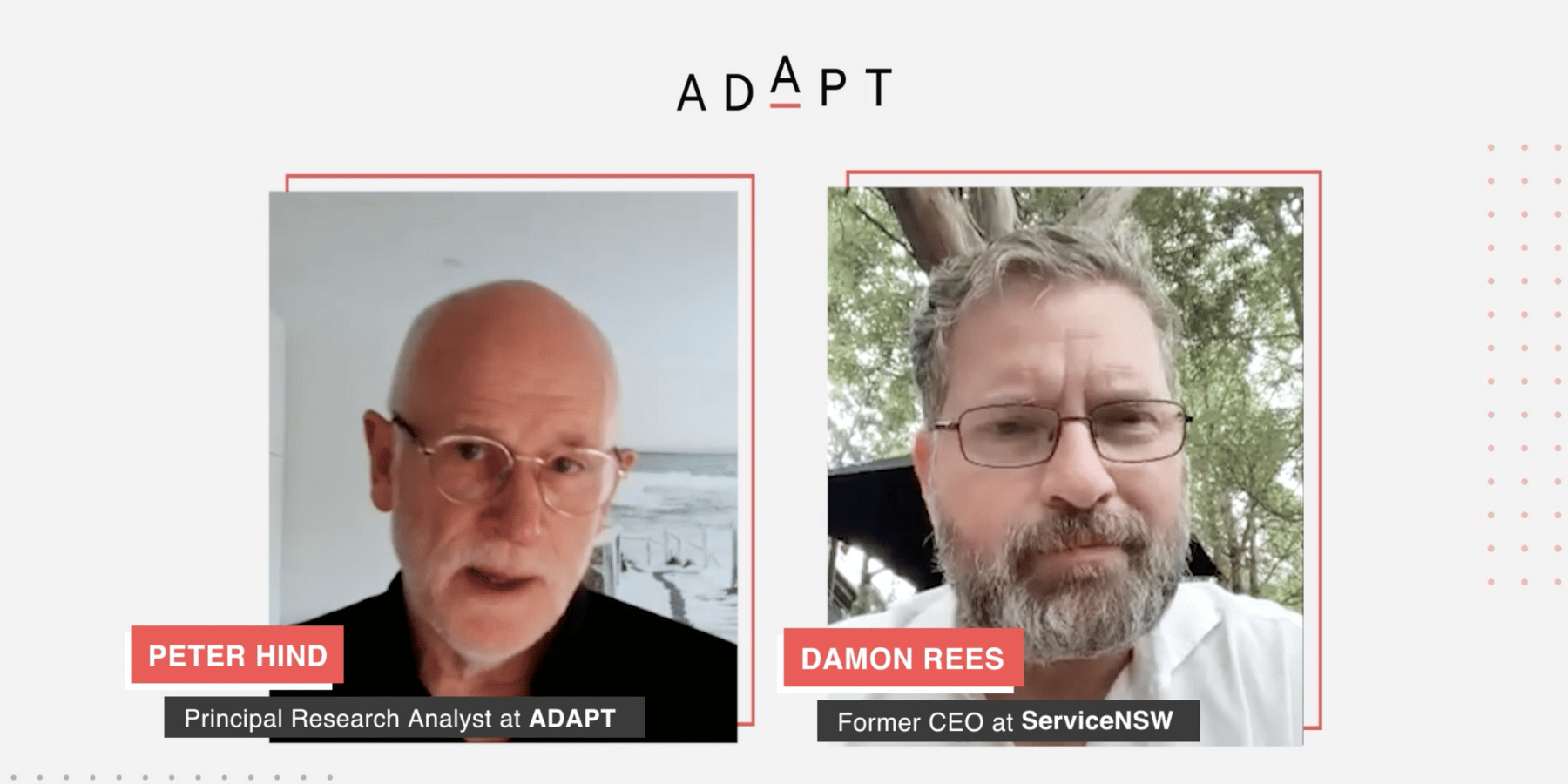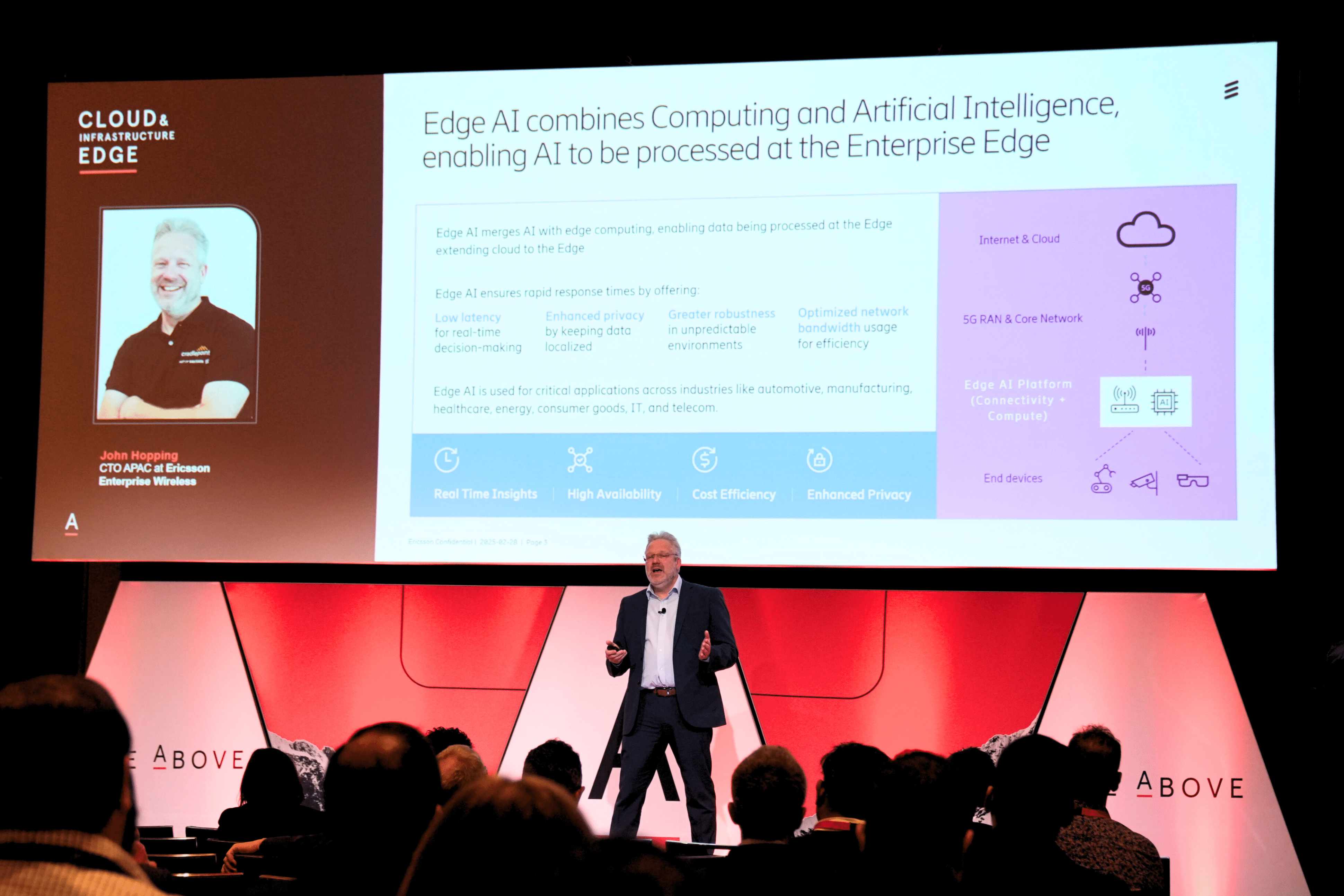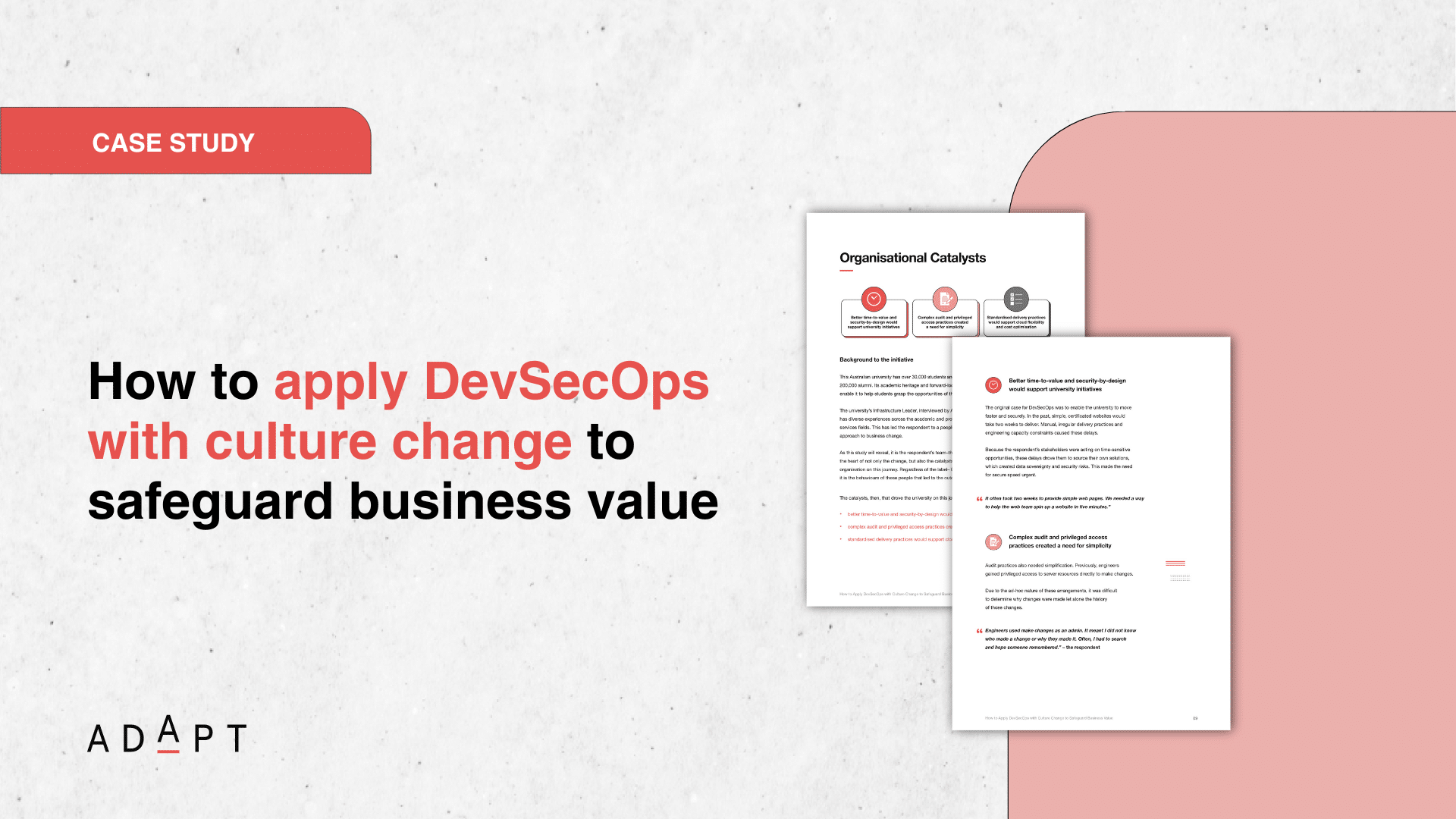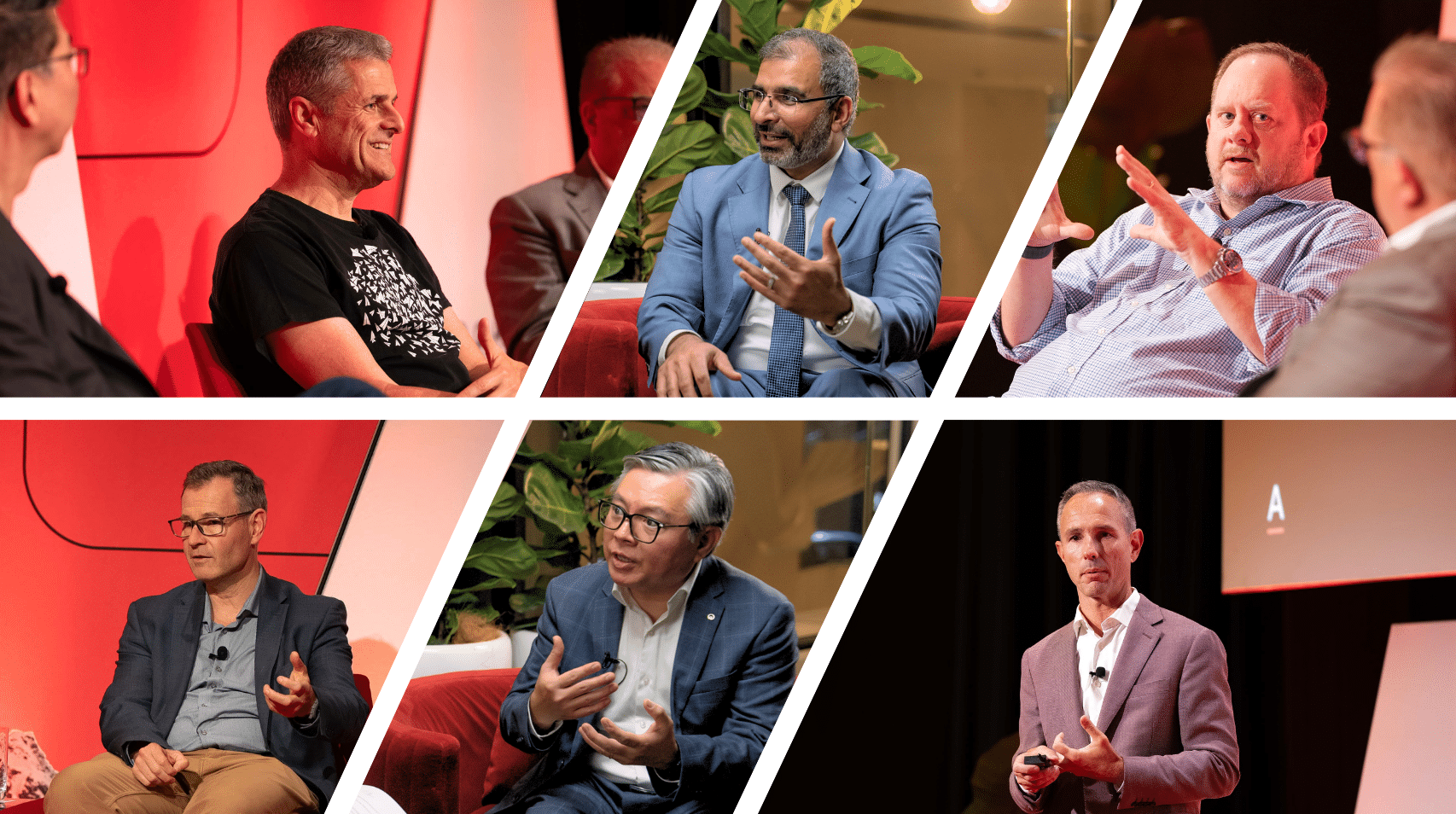At Cloud and Infrastructure Edge, John Hopping explored how edge AI and private 5G are reshaping real-time connectivity for enterprise use cases.
John, CTO APAC at Ericsson Enterprise Wireless, explained that Ericsson has significantly redefined its enterprise strategy.
Once focused on mobile handsets, the company now centres its innovation on cloud-managed cellular routers, private 5G networks and edge AI technologies.
Following the acquisition of Cradlepoint, Ericsson is enabling use cases such as mobile emergency services, remote analytics and temporary high-performance deployments.
Edge AI, which merges edge computing with artificial intelligence, is now a cornerstone of the company’s vision.
By processing data closer to its source, in vehicles, ports or remote sites, organisations can reduce latency, improve reliability and keep data local.
This is critical for operations that cannot depend solely on cloud infrastructure.
Advancements in hardware, generative AI and 5G are accelerating the viability of edge AI.
With 5G-enabled service level agreements and emerging tools like AI Ops and SD-WAN, Ericsson is helping enterprises meet rising AI demands while managing the risk of unstable network conditions.
ADAPT research shows that many organisations continue to struggle with hybrid and multi-cloud complexity.
A quarter are repatriating workloads from public cloud to regain cost control and meet compliance obligations.
On top of that, ongoing skills shortages in DevOps, AI operations and security are forcing many teams to blend in-house capability with strategic outsourcing.
Ericsson is addressing this by delivering a unified platform approach.
In partnership with Supermicro, it simplifies deployment and management across distributed environments.
These capabilities are already proving valuable in live scenarios.
For example, SailGP uses Ericsson’s private cellular networks and 5G-enabled analytics to support mobile, event-based connectivity.
These real-world applications show how edge AI can deliver high-performance, secure, and temporary deployments under demanding conditions.
As enterprise cloud strategies mature, many leaders are still struggling to link investment to tangible outcomes.
ADAPT data shows that only 36% can connect cloud spend to business value.
Ericsson addresses this gap through its NetCloud platform, SD-WAN integrations and Zero Trust security frameworks.
These technologies provide visibility, control and alignment across edge and cloud environments, helping organisations tie infrastructure decisions to operational goals and stakeholder expectations.
Key takeaways:
- Edge AI enables real-time, secure processing at the network edge. This reduces latency and removes dependence on cloud-only models for critical use cases such as emergency response, remote operations and live events like SailGP.
- Hybrid complexity and skills shortages remain barriers. With 25% of organisations repatriating workloads and facing talent gaps in AI operations and security, new models are needed for scale and resilience.
- Business value alignment is still elusive. Only 36% of leaders can link cloud spend to measurable outcomes. Unified platforms and secure edge-cloud integration are essential to closing this gap.




